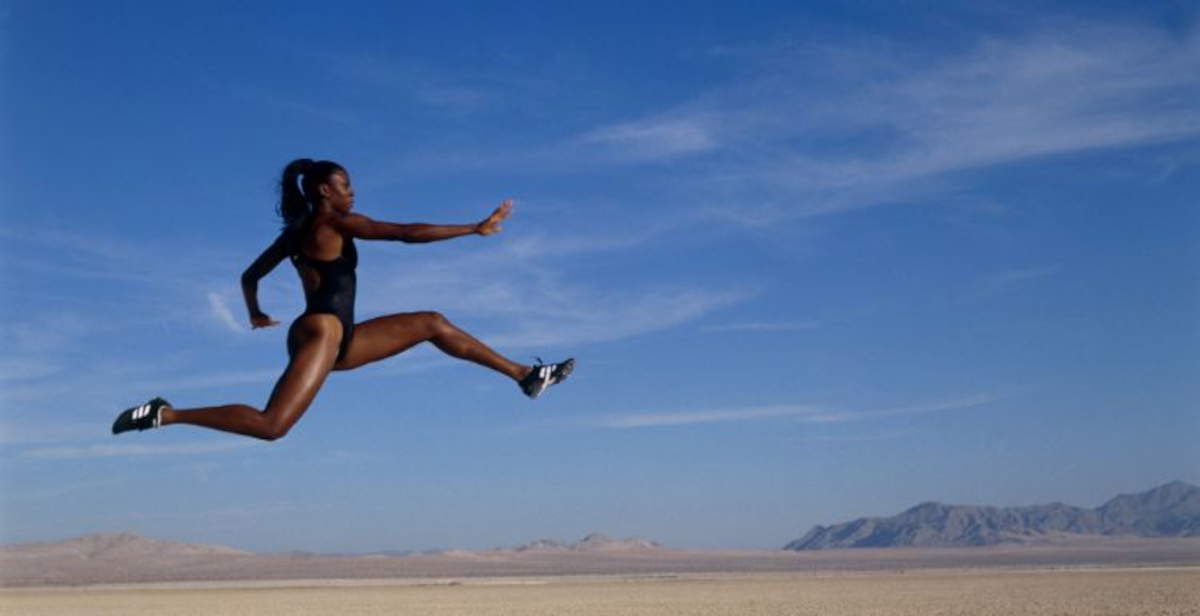On the occasion of the Milan Cortina 2026 Winter Olympic Games, the Mart in Rovereto is dedicating anextensive exhibition to the link between art and sport. From November 1, 2025 to March 22, 2026, the museum is hosting Sport. The Challenges of the Body, an exhibition that spans more than two and a half millennia of art history to recount how the representation of the human body and its physical capabilities has contributed to the construction of myths, symbols and collective imaginaries. Curated by Antonio Calbi, director of the Italian Cultural Institute in Paris, and Daniela Ferrari, curator of the Mart, the exhibition is part of the Milan Cortina 2026 Cultural Olympiad program and the Combinazioni_caratteri sportivi project promoted by the Autonomous Province of Trento.
The exhibition is divided into eight thematic sections and brings together more than three hundred works including ancient, modern and contemporary art, alongside documents, photographs, illustrations, advertisements and sports objects, with prestigious loans from public and private collections and works from the museum’s permanent collections. The decision to include heterogeneous materials, from trophies to sports instruments, from archival images to testimonies of popular culture, expands the view beyond the artistic dimension, emphasizing the impact of sport on the collective imagination and the way society represents the body. The very architecture of the Mart, designed by Mario Botta, helps strengthen the link between past and present. The reference to classicism, evident in the Pantheon-inspired dome, in the fountain that evokes the Romanimpluvium and in the use of yellow Vicenza stone, becomes an integral part of the exhibition experience and accompanies the visitor on a journey that spans the centuries transcending chronological boundaries.
The curators anticipate that in Rovereto it will in fact be possible to admire “Bodies thrown into the sporting arena recounted by painting and sculpture, literature to poetry, cinema to advertising, placed in virtuous dialogue with dancing bodies in theintent of broadening the disciplinary scope to the different manifestations in which the human body amplifies itself through movement, the challenge beyond its own limit, the search for grace and expressiveness.”

The narrative of the body in sports, from its origins, has taken on a symbolic and mythical value. From classical representations of the discus to contemporary sports stars, the exhibition highlights how the visual arts have helped create and consolidate heroic figures. Photographs by Mimmo Jodice depict wrestlers evoking the archaic power of ancient competitions, while Giulio Paolini ’s sculptures reflect on the representation of the body and its expressive potential. The mythical dimension also extends to modern figures, such as dancer Carla Fracci or the athletes of the U.S. Olympic Team, immortalized by Fabrizio Ferri’s lens. The exhibition also features objects that have become symbolic, linked to the history of the sport and the exploits of its protagonists.
An entire section is dedicated to cycling, with the display of bicycles used by great Italian champions. These include those of Gino Bartali, winner of the Giro d’Italia in 1936, 1937 and 1946 and the Tour de France in 1938 and 1948, and Fausto Coppi, who won five editions of the Giro d’Italia and two of the Tour de France between 1940 and 1953. Also featured are the bicycle of Gastone Nencini, winner of the 1957 Giro and 1960 Tour, and the one with which Francesco Moser set the hour record in Mexico City on Jan. 23, 1984, breaking the 50-kilometer mark. The objects, which have become true relics, testify to the ability of sport to construct collective narratives and transform functional tools into icons of shared memory.
In any case, the exhibition does not only celebrate feats and firsts. From a contemporary perspective, the exhibition reflects on the deeper meaning of the body in sport, highlighting the physical and emotional tensions that accompany each performance. Competition, even before the result, involves discipline, effort, sacrifice and pain. Competitiveness is not only about winning but also about losing, and the superhuman dimension of the sporting feat always contains deeply human elements. The body, a tool for overcoming limits and breaking records, is also a site of vulnerability and imperfection.
Sport. The Challenges of the Body is part of Combinations_Sports Characters, the project conceived and promoted by the Department of Culture of the Autonomous Province of Trento to create a system of collaboration among local museums on a shared theme. The initiative aims to enhance the role of culture as an integral part of the sports experience and to emphasize how art can offer tools for reflection on the meanings, values and contradictions of contemporary sports. The exhibition, supported by Radio Monte Carlo as a media partner, thus offers an itinerary from the ancient world to the present, investigating the relationship between artistic representation and sports practice.
 |
| At Mart in Rovereto, more than 300 works tell the story of the relationship between art and sport |
Warning: the translation into English of the original Italian article was created using automatic tools. We undertake to review all articles, but we do not guarantee the total absence of inaccuracies in the translation due to the program. You can find the original by clicking on the ITA button. If you find any mistake,please contact us.